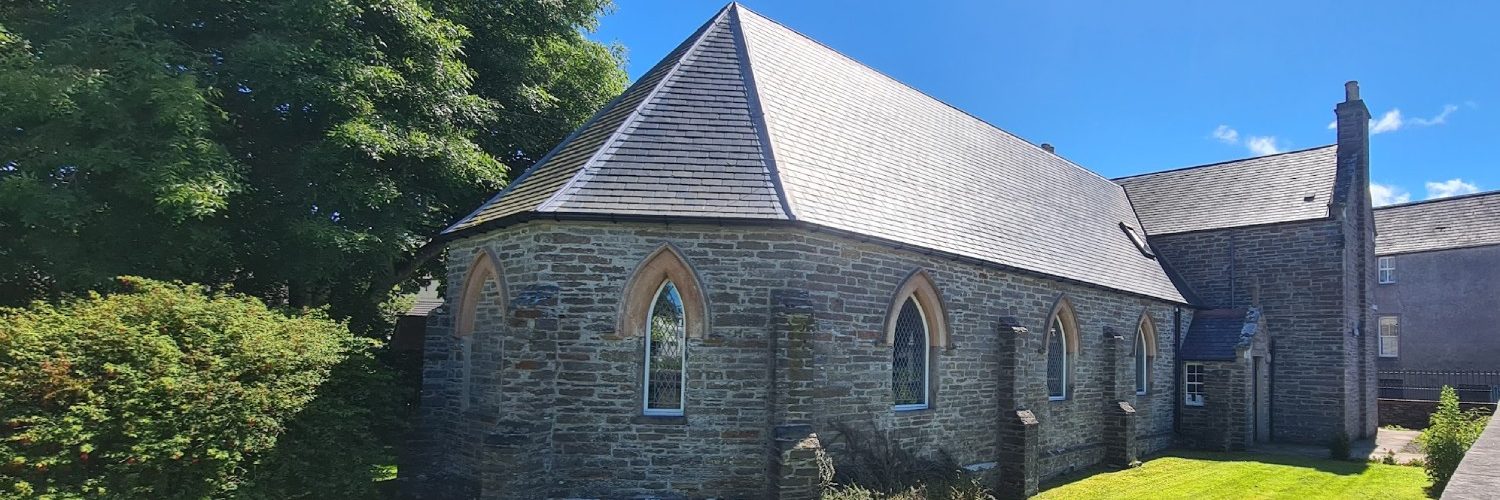News and Updates
Good afternoon everyone
All of tomorrow’s sailings are under review
With high probability of cancellation. I have symptoms of the cold/flu bug that’s doing the rounds and feel absolutely awful.
I have decided therefore not to travel tomorrow. I have been unable to contact David Dawson to celebrate a Eucharistic Service but will keep trying.
There is a visiting priest on the island and he has offered to celebrate Mass for the Epiphany on Tuesday at 11.45am I still have to organise someone to give him access to the church.
Sorry for letting you all down
I HAVE NOW SPOKEN TO DAVID AND WILL CELEBRATE A EUCHARIST SERVICE AT 5.30
Fr Colin
What Does Year A/B/C Mean?
The terms Year A, Year B, and Year C refer to the three-year cycle of Sunday Scripture readings used in the Lectionary for Mass. This system ensures that over a three-year period, the faithful hear a wide range of biblical texts. Here’s a breakdown of what each year focuses on:
- Year A: The Gospel of Matthew is primarily featured. Readings from this Gospel are used extensively throughout the liturgical year.
- Year B: The Gospel of Mark is the primary focus. Since Mark is the shortest Gospel, portions of the Gospel of John are also included during Year B to supplement the readings.
- Year C: The Gospel of Luke is emphasized, with readings primarily taken from this Gospel.
The Gospel of John is also read at various significant liturgical times, such as during the Easter season, regardless of the cycle year. This three-year cycle ensures a comprehensive exposure to the Gospels and other Scripture readings, helping to deepen the understanding and faith of the Catholic community.
Liturgical Year Cycles
- Sunday Readings: As mentioned, follow a three-year cycle (Years A, B, and C).
- Weekday Readings: Follow a two-year cycle (Year I and Year II).
Benefits of the Cycles
- Variety and Depth: By rotating through these cycles, the Church provides a rich variety of Scripture passages, offering a fuller picture of salvation history and Jesus’s life and teachings.
- Consistency Worldwide: The use of a universal Lectionary means that Catholics around the world are hearing the same readings at Mass, fostering a sense of global unity in the faith.
What does Ordinary Time mean?



Liturgical Seasons
Advent
Advent starts with Evening Prayer I on the Sunday nearest to 30 November and concludes before Evening Prayer I of Christmas on 24 December. There are four Sundays in Advent. This season serves a dual purpose: preparing for the celebration of Christ’s birth and directing hearts and minds to await His Second Coming at the end of time. Advent is thus a period of devout and joyful expectation.
Christmas
The Christmas season begins with Evening Prayer I on Christmas Eve (24 December) and continues until the Baptism of the Lord (the Sunday following the Solemnity of the Epiphany). This season celebrates the birth and early manifestations of Christ, second only to the yearly celebration of the Paschal Mystery.
Ordinary Time
Ordinary Time begins on the Monday following the Baptism of the Lord and continues until the day before Ash Wednesday. The Sundays in this period are numbered sequentially from the Baptism of the Lord. Unlike other seasons, Ordinary Time does not focus on a specific aspect of Christ’s mystery but celebrates it in its entirety. Ordinary Time resumes after the Easter season.
Lent
Lent starts on Ash Wednesday and lasts until the Mass of the Lord’s Supper on the evening of Holy Thursday. This period includes six Sundays. Lent is a time for preparing to celebrate Easter, helping catechumens and the faithful to engage more deeply with the Paschal Mystery through Christian initiation and penitential practices. Holy Week, starting with Passion (Palm) Sunday, focuses on commemorating Christ’s Passion and entry into Jerusalem.
Easter Triduum
The Easter Triduum begins with the Evening Mass of the Lord’s Supper on Holy Thursday, peaks with the Easter Vigil, and concludes with Evening Prayer on Easter Sunday. This period marks the pinnacle of the liturgical year, celebrating Christ’s Passion and Resurrection, which redeemed humanity and glorified God.
Easter Season
The Easter season commences with the Easter Vigil and extends for 50 days, concluding on Pentecost Sunday. These days are celebrated as one prolonged feast, often referred to as the ‘Great Sunday’, and are especially marked by the singing of the Alleluia.
Ordinary Time
Ordinary Time resumes after Pentecost Sunday and lasts until the Saturday before the First Sunday of Advent. The final Sunday is the Solemnity of Christ the King, marking the 34th Sunday in Ordinary Time. Like its earlier part, this period does not focus on a particular aspect of Christ’s mystery but embraces it in its entirety.
Liturgical Colours
There are four principal liturgical colours:
- White: Used during the seasons of Easter and Christmas, on celebrations of the Lord (excluding His Passion), the Blessed Virgin Mary, the Holy Angels, and non-martyred saints. It is also used for the solemnities of Trinity Sunday, All Saints’ Day (1 November), the Nativity of Saint John the Baptist (24 June), and the feasts of Saint John the Evangelist (27 December), the Chair of Saint Peter (22 February), and the Conversion of Saint Paul (25 January). In England and Wales, it may also be used for funerals.
- Red: Used on Palm Sunday, Good Friday, Pentecost Sunday, celebrations of the Lord’s Passion, and the feast days of Apostles, Evangelists, and martyred saints.
- Green: Used during Ordinary Time.
- Violet: Worn during Advent and Lent, and may also be used for funerals.
- Black: May be used for funerals where customary.
- Rose: Worn on Gaudete Sunday (Third Sunday of Advent) and Laetare Sunday (Fourth Sunday of Lent), where customary.
On more solemn occasions, festive and more precious vestments may be worn, even if they are not in the colour of the day.


